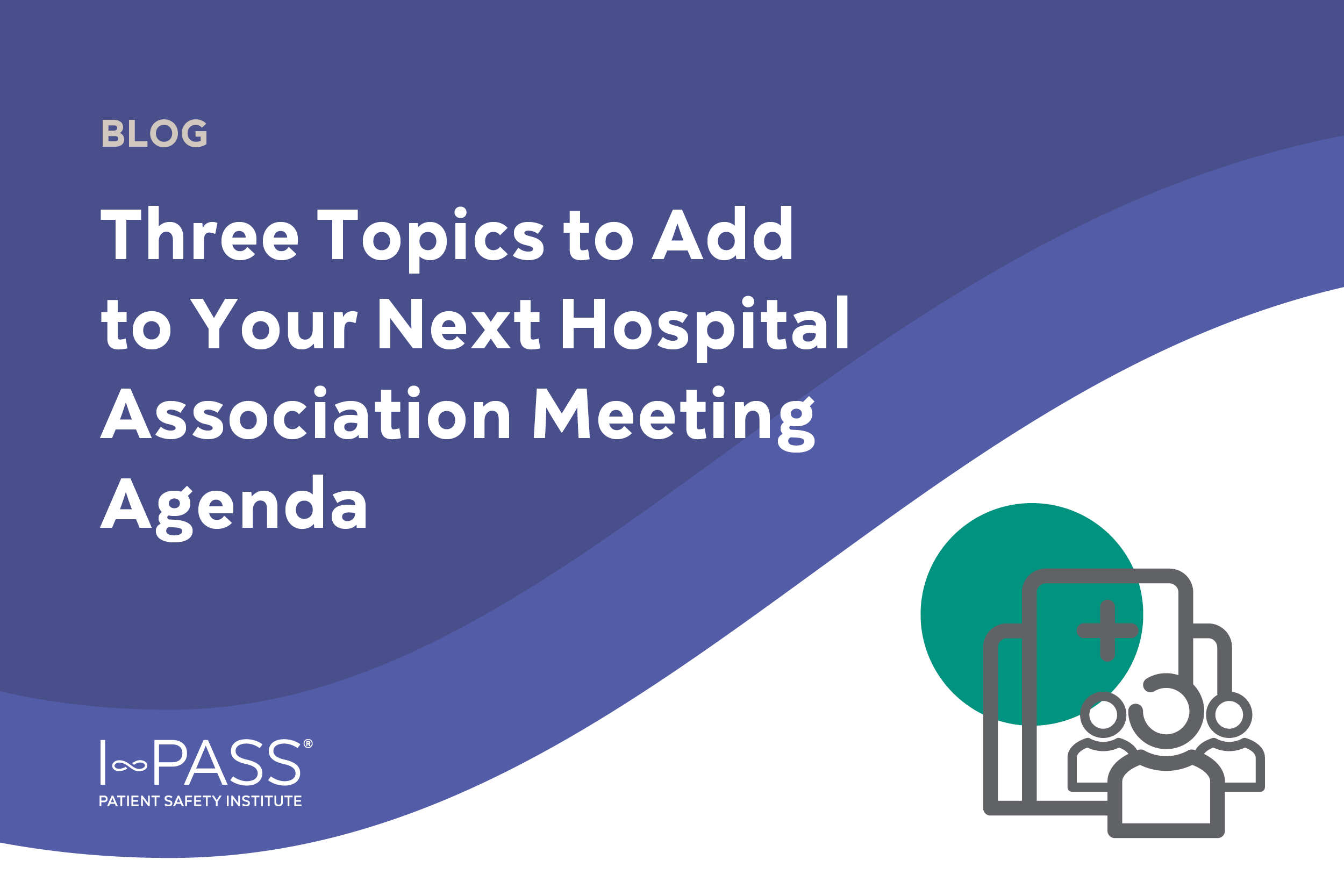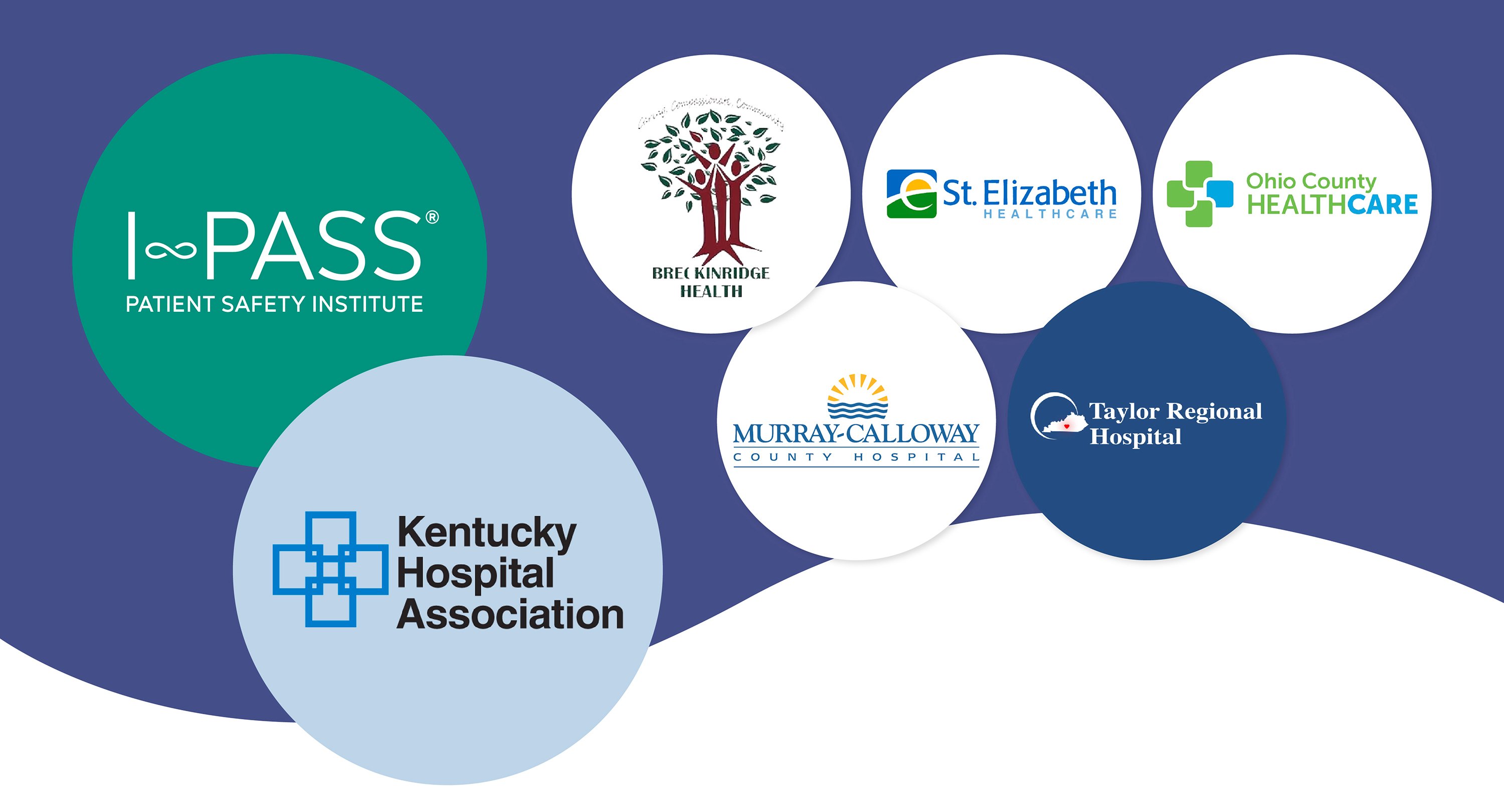Over the past several years, hospitals and health systems throughout the country have faced significant challenges to quality care delivery such as staffing shortages, financial strain, operational inefficiency, and setbacks in patient safety. Improving the healthcare system at scale requires a multifaceted, comprehensive strategy with dedicated focus areas and clear goals.
As a unified voice and advocate for each state, hospital associations need to create and share a cohesive action plan to achieve total systems improvement. With a clear agenda in place, statewide hospital associations can collaborate with their member networks, national healthcare organizations, and state policymakers to drive bold changes.
It all starts in the conference room––at your next meeting, ensure a productive approach to advancing healthcare in 2025 by focusing on workforce resilience, health equity, and harm reduction, as well as the tools you need to implement to achieve transformation.
Strengthening the Workforce
To build a healthy, confident, and engaged workforce, health leaders need methods and resources to foster effective communication and mitigate burnout. Although physician burnout is on the decline, the struggle to enhance professional well-being is far from over. Across the country, up to 54 percent of nurses and physicians experience feelings of emotional exhaustion, depersonalization, and a diminished sense of professional accomplishment exacerbated by staffing challenges and a lack of organizational support.
The use of contingent labor and flexible nurse staffing models can resolve temporary staffing issues and—in combination with effective communication—contribute to a stronger, more resilient system. While travel nurses help to close the gap on staffing shortages, they can increase the risk of miscommunication and variability within care teams. Hospitals and health systems must prioritize consistency and standardization of care delivery processes between units, and across the state, to position their contingent workers for success. By implementing a blueprint for safer handoffs, institutions can establish a shared language for care transitions, enabling contingent staffers to integrate seamlessly with existing procedures and processes.
In addition to boosting clinical confidence, I-PASS tools empower nurse managers to connect with staff members, provide meaningful support, and encourage long-term retention. As an additional response to short- and long-term staffing concerns, the I-PASS GME Program provides residency programs with bundled solutions to train and support the next generation of doctors. This virtual system supports the training, reinforcement, and implementation of I-PASS methods, helping all residents enter the workforce able to execute, evaluate, and refine structured handoff procedures.
Many institutions are also focused on devising actionable methods for reducing workplace violence and associated harm with the help of standardized expectations and best practices. By implementing organization-wide awareness, prevention strategies, and a consistent framework for communicating potential safety threats, hospitals and health systems can leverage clear communication to both define and eliminate workplace violence, ensuring protections for workers’ physical and emotional wellbeing.
In tandem, structured communication tools and strategies will directly strengthen the workforce and develop the next generation of clinicians––streamlining clinical workflows and enhancing collaboration between members of a care team at scale.
Accelerating Health Equity
Alongside standardization, improving healthcare requires a commitment to driving health equity through policy and reform. While establishing health equity is far from a linear process, implementing a consistent and reliable communication framework across an entire system can increase access to quality care for underserved individuals and their communities. By increasing connection between clinicians, patients, and families, communication tools enable the improvement of health equity through patient- and family-centered care. In a recent study, when families and care teams co-developed an adaptation of the I-PASS framework to standardize and structure their communication during rounds, the rate of harmful errors decreased by 38 percent. By opening and defining clear pathways for communication and engagement, tools like I-PASS can improve health literacy and enable personalized care delivery for every patient.
The rising cost of care widens the gap to access for all. With financial stability a central concern at most institutions, hospital associations should offer solutions that protect their members’ bottom lines without driving up costs. Preventable medical errors are an incredible expense for insurers and clinicians, often resulting in unsustainable operational costs that jeopardize hospitals’ ability to deliver quality and equitable care. Data published in the Journal of Patient Safety showed that during a 10-year period, nearly half of all medical malpractice claims involved communication failures, 77 percent of which could be prevented with a proper handoff tool. On average, with the help of a standardized handoff program, a 450-bed hospital can save up to $8,100,000 annually—a testament to how effective communication increases opportunities for all individuals to attain the best possible health outcomes.
Advancing Patient Safety
Patient safety is an ongoing mission and one that requires a reliable workforce, equitable health system, and steadfast effort from leaders at every level. On average, one in 10 patients experience harm each year, and over 50 percent of adverse outcomes involve preventable errors. To advance a comprehensive approach to patient safety and harm reduction, hospitals can leverage evidence-based communication tools like I-PASS to better evaluate how uncoordinated care transitions result in patient harm and make care safer.
With help from I-PASS, hospital associations can overcome the barriers to adoption of structured handoffs, granting their member organizations funded access to a bundle of tools with proven success. With the ability to implement and utilize handoff communication tools at scale, these leaders can focus on the entire continuum of care, ensuring patient safety continues beyond a single specialty, unit, or institution.
In the spirit of creating a safe and equitable health system for every patient and clinician, eliminating communication failures at the statewide level will pay incredible dividends. Through an industry-leading partnership with I-PASS, the Kentucky Hospital Association has already started transforming patient safety across the commonwealth with the I-PASS Kentucky Hospital Association Transitions and Communication in Hospitals (I-PASS KHATCH) Program. Launched in November of 2023, this eight-year initiative provides a blueprint for hospital associations across the country to elevate the national standard of care and improve the care experience.
For multi-center health systems and freestanding hospitals alike, partnerships like the I-PASS KHATCH Program demonstrate how aligning local, regional, and statewide initiatives can foster the standardization and collaboration needed for substantial clinical quality improvements and a safer healthcare system for all. As your next hospital association meeting approaches, make sure these core topics are at the top of your agenda.





